Home>Garden Essentials>How Do You Plant Pomegranate Seeds
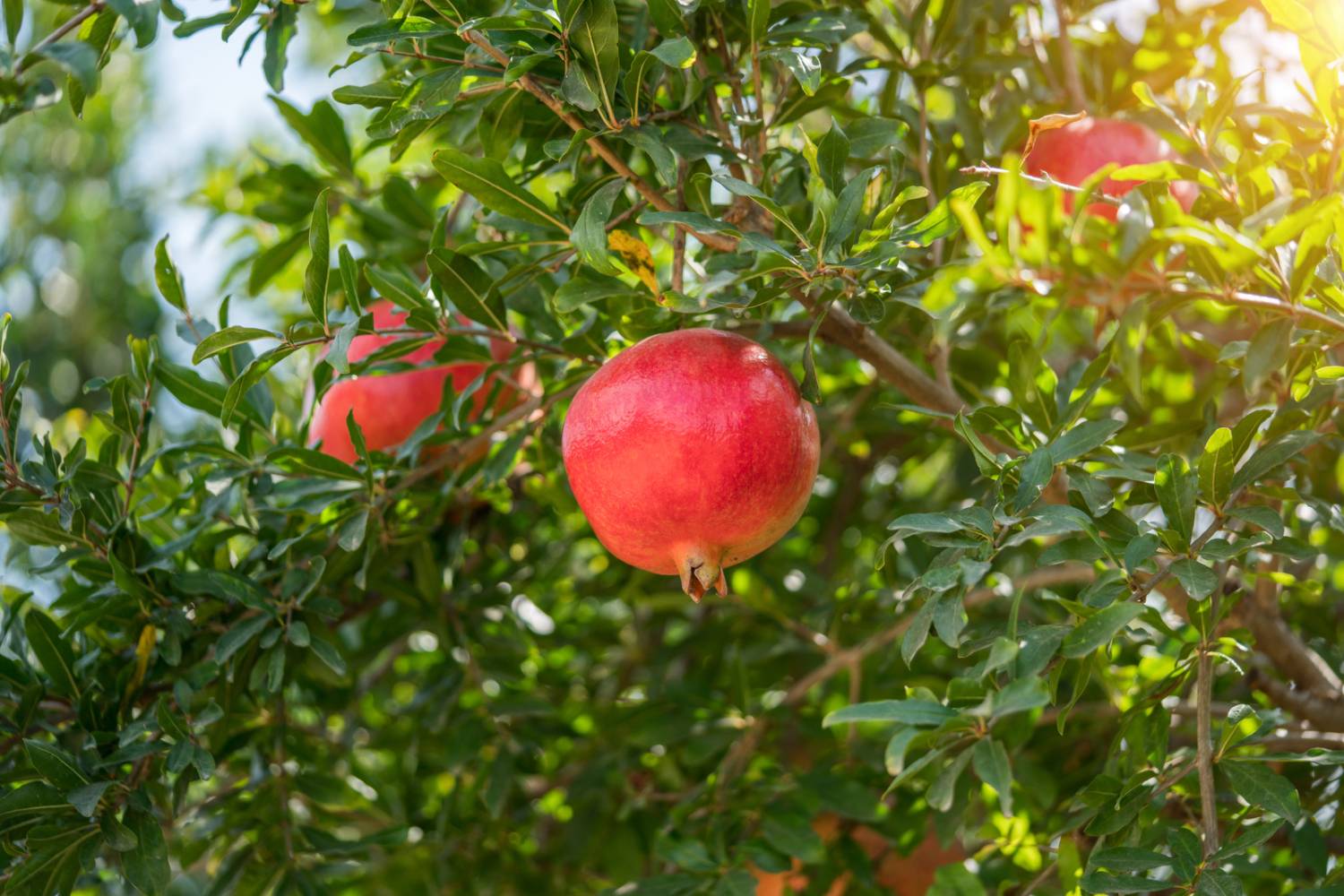

Garden Essentials
How Do You Plant Pomegranate Seeds
Modified: April 28, 2024
Learn how to plant pomegranate seeds in your garden and enjoy the beauty and taste of homegrown pomegranates.
(Many of the links in this article redirect to a specific reviewed product. Your purchase of these products through affiliate links helps to generate commission for Storables.com, at no extra cost. Learn more)
Introduction
Welcome to the wonderful world of pomegranates! If you’re a gardening enthusiast looking to grow your own pomegranate tree, you’ve come to the right place. Pomegranates are not only delicious and packed with nutrients, but they also make a stunning addition to any garden. Planting pomegranate seeds is a fun and rewarding experience, and with a little bit of knowledge and care, you can enjoy the bountiful harvest of these vibrant fruits.
In this article, we will walk you through the process of planting pomegranate seeds and nurturing them into thriving seedlings. We will cover everything from selecting and preparing the seeds to proper watering and sunlight requirements, as well as how to protect your pomegranate plant from pests and diseases. By the end, you’ll be equipped with the knowledge to successfully grow your very own pomegranate tree.
But before we jump into the details, let’s take a moment to appreciate the unique qualities of pomegranates. These fruits have a rich history and cultural significance dating back thousands of years. Known for their distinct ruby-red color and juicy arils, pomegranates are often associated with fertility, abundance, and good fortune in many ancient civilizations.
In terms of health benefits, pomegranates are a powerhouse of antioxidants, vitamins, and minerals. They are known to improve heart health, boost the immune system, and have even been associated with potential anti-inflammatory and anti-cancer properties. Plus, pomegranate seeds are a delicious and versatile ingredient that can be used in a variety of recipes, adding a burst of flavor and visual appeal.
Now that we’ve covered the basics, let’s dive into the details of planting pomegranate seeds. Whether you’re a seasoned gardener or a beginner, this guide will provide you with all the information you need to successfully grow your own pomegranate tree and enjoy the sweet rewards that come with it.
Key Takeaways:
- Planting pomegranate seeds is a fun and rewarding experience, offering delicious fruits and health benefits. Select ripe seeds, prepare the soil, and provide proper care for successful growth.
- Growing pomegranates requires patience and attention, but the rewards are worth it. From nurturing seedlings to harvesting fruits, the process offers a fulfilling and meditative experience in gardening.
Read more: How Do You Seed A Pomegranate
Selecting and Preparing Pomegranate Seeds
When it comes to planting pomegranate seeds, selecting the right seeds is essential. Start by choosing a ripe and healthy pomegranate fruit. Look for fruits that are heavy and have a deep red or reddish-brown color. The skin should be firm and smooth, without any blemishes or soft spots.
To extract the seeds, cut the pomegranate in half horizontally. Hold one half over a bowl, cut side down, and gently tap the back with a wooden spoon. The seeds, also known as arils, will fall out easily. Repeat the process with the other half and collect all the seeds in the bowl.
Once you have collected the pomegranate seeds, it’s important to remove any remaining pith. The pith is the white membrane that surrounds the seeds and can be bitter in taste. You can do this by placing the seeds in a bowl of water and gently rubbing them between your fingers. The pith will float to the top, allowing you to skim it off and discard it.
After removing the pith, it’s a good idea to give the seeds a quick rinse under running water. This will help remove any remaining debris and ensure that the seeds are clean and ready for planting.
Before proceeding with planting, it’s recommended to let the pomegranate seeds dry for a day or two. Spread them out on a paper towel or a clean tray, making sure they are in a single layer. Allow them to air dry in a cool, well-ventilated area. This step is important as it helps prevent fungal growth and ensures better germination rates.
Once the seeds are dry, it’s time to move on to the next step: choosing the right soil and container for planting.
Choosing the Right Soil and Container
When it comes to planting pomegranate seeds, choosing the right soil and container is crucial for the success of your seedlings. Pomegranate trees thrive in well-draining soil that is rich in organic matter.
For the best results, mix equal parts of garden soil, compost, and sand to create a well-balanced and nutrient-rich soil mixture. This will ensure that the roots have access to adequate nutrients and oxygen, while also allowing excess water to drain away.
As for the container, opt for a pot or seed tray with drainage holes at the bottom. This will prevent waterlogging and ensure proper drainage. Make sure the container is large enough to accommodate the growing seedling, with at least 2 to 3 inches of space around the sides.
Before planting, fill the container with the prepared soil mixture, leaving about an inch of space at the top. Gently pat down the soil to even it out and create a level surface for planting the pomegranate seeds.
Pomegranate seeds can be planted individually or in groups, depending on the size of the container. If using a smaller container, plant one or two seeds per container. For larger containers, you can plant multiple seeds, spacing them about an inch apart.
Ensure that the seeds are placed about half an inch to an inch deep into the soil. This will provide them with the right conditions for germination while still allowing them to receive sufficient light and air.
Once the seeds are planted, lightly cover them with soil and give them a gentle watering. Be careful not to overwater, as excess moisture can lead to root rot. Keep the soil slightly moist but not waterlogged throughout the germination process.
Now that the pomegranate seeds are planted, it’s time to provide them with the ideal conditions to grow. In the next section, we will explore proper watering and sunlight requirements for pomegranate seedlings.
Planting the Pomegranate Seeds
Planting pomegranate seeds is an exciting step towards growing your own pomegranate tree. With proper care and attention, these seeds will germinate and transform into beautiful seedlings.
Before planting, it’s important to consider the ideal time to sow the seeds. Pomegranate seeds are usually planted in the spring when the soil is starting to warm up. This will provide optimal conditions for germination and healthy growth.
To plant the pomegranate seeds, make small indentations in the soil using your finger or a small tool. Place one or two seeds in each indentation, ensuring they are spaced evenly. Once the seeds are in place, cover them with a thin layer of soil, gently pressing it down to secure them.
After planting, give the seeds a gentle watering, moistening the soil without soaking it. It’s important to keep the soil consistently moist but not waterlogged to prevent rotting or fungal growth.
Next, it’s time to provide the seeds with the right amount of sunlight. Pomegranate seeds require full sun to germinate and grow successfully. Make sure to place the container in a sunny spot, preferably receiving at least 6 to 8 hours of sunlight per day.
Throughout the germination process, it’s essential to monitor the moisture levels of the soil. Avoid overwatering, as this can lead to root rot. Check the soil regularly and water only when the top inch of soil feels dry to the touch.
As the pomegranate seeds germinate and grow into seedlings, you will start to see tiny green shoots emerge from the soil. This usually occurs within 2 to 3 weeks, although it may vary depending on the variety and environmental conditions.
Once the seedlings have grown a few inches tall and have developed at least two sets of leaves, it’s time to thin them out. Choose the strongest and healthiest seedling in each container and carefully remove any extras. This will ensure that the remaining seedling has ample space to grow and thrive.
As the seedlings continue to grow, they will require adequate nutrition. After about a month, you can start applying a balanced fertilizer specifically formulated for seedlings. Follow the manufacturer’s instructions for the recommended dosage and frequency of application.
Now that you have successfully planted the pomegranate seeds and they have started to grow, it’s important to continue providing them with proper care and attention. In the next section, we will discuss the essential aspects of watering and sunlight requirements for pomegranate seedlings.
Proper Watering and Sunlight Requirements
Watering and providing adequate sunlight are crucial factors in the successful growth and development of pomegranate seedlings. It’s important to find the right balance to ensure their health and vitality.
Let’s start with watering. Pomegranate seedlings require regular watering to keep the soil adequately moist. However, overwatering can lead to root rot, while underwatering can cause stress and hinder their growth. The key is to maintain consistent moisture without waterlogging the soil.
Check the moisture level of the soil regularly by inserting your finger into the soil up to the first knuckle. If it feels dry at that depth, it’s time to water. Water the seedlings thoroughly, making sure the water reaches the root zone. However, avoid saturating the soil or leaving it excessively wet.
As the seedlings grow and establish themselves, you can water them less frequently. Let the top inch of soil dry out slightly before watering again. This encourages the development of deeper roots and helps the seedlings become more resilient to drought conditions.
In addition to proper watering, sunlight is essential for the healthy growth of pomegranate seedlings. Pomegranates are sun-loving plants and require full sun exposure to reach their full potential.
Place the containers in a location that receives at least 6 to 8 hours of direct sunlight each day. If growing the seedlings indoors, choose a bright spot near a south-facing window or provide supplemental grow lights to ensure they receive adequate light.
Monitor the seedlings for any signs of inadequate sunlight. If they appear leggy or stretched, with elongated stems and small leaves, it’s an indication that they are not receiving enough light. In such cases, adjust their placement to allow for more sunlight.
Remember to rotate the containers every few days to ensure even exposure to sunlight. This prevents the seedlings from leaning towards one direction and promotes balanced growth.
While pomegranate seedlings can tolerate a wide range of temperatures, they thrive best in warm and sunny conditions. Maintaining a temperature range of 65°F to 85°F (18°C to 29°C) is ideal for their growth.
By providing proper watering and ensuring adequate sunlight, you will create the optimal growing conditions for your pomegranate seedlings. As they continue to develop, it’s important to provide additional care and attention. In the next section, we will explore the necessary steps to take care of your pomegranate seedlings as they grow into strong and healthy plants.
After removing the seeds from the pomegranate, plant them in well-draining soil, water regularly, and place in a sunny spot. Germination can take 2-4 weeks.
Read more: How Do You Get Seeds Out Of A Pomegranate
Taking Care of the Seedlings
As your pomegranate seedlings grow, they require continued care and attention to ensure their healthy development into strong and productive plants. Here are some essential aspects to consider when taking care of your pomegranate seedlings:
1. Pruning: Regular pruning is important to encourage bushier growth and maintain the desired shape of the plant. Remove any dead or damaged branches, as well as any suckers that sprout from the base of the plant.
2. Fertilizing: Feed your pomegranate seedlings with a balanced fertilizer specifically formulated for fruit trees. Apply the fertilizer according to the package instructions, usually in early spring and again in mid-summer. This will provide the necessary nutrients for healthy growth and fruit production.
3. Mulching: Apply a layer of organic mulch around the base of the seedlings to help conserve moisture, suppress weed growth, and regulate soil temperature. Use materials like wood chips, straw, or compost, being careful to keep the mulch a few inches away from the stem to prevent rot.
4. Watering: As the seedlings mature, adjust your watering routine. Once established, pomegranate plants are drought-tolerant, but consistent and deep watering is still essential during hot and dry periods. Aim to water deeply once a week, allowing the top few inches of soil to dry out between waterings.
5. Supporting: As the pomegranate plants grow taller and produce fruit, they may need support to avoid bending or breaking. Install a stake beside the main stem and gently tie the stem to the stake using soft plant ties. This will provide stability and protect the plant from wind damage.
6. Monitoring for Pests and Diseases: Keep a close eye on your pomegranate seedlings for any signs of pests or diseases. Common pests include aphids, whiteflies, and fruit flies. If you notice any infestations, treat them promptly with organic pest control methods or consult a local garden center for suitable treatments.
7. Pruning for Air Circulation and Sunlight: Regularly thin out the foliage to improve airflow and sunlight penetration throughout the plant. This helps prevent fungal diseases and allows the fruits to ripen evenly.
8. Winter Protection: In colder climates, consider providing winter protection for your pomegranate seedlings. Wrap the base of the plant with burlap or use frost covers to shield it from harsh winter conditions.
By following these care guidelines, your pomegranate seedlings will grow into healthy, productive plants. As they continue to thrive, you’ll be one step closer to enjoying the sweet rewards of your own homegrown pomegranates.
Transplanting the Pomegranate Seedlings
Transplanting your pomegranate seedlings into their permanent growing location is an important step in their growth journey. It allows them to establish deeper and stronger roots, ensuring their long-term health and productivity.
The best time to transplant pomegranate seedlings is in the early spring, before they start actively growing. Choose a location that provides full sun exposure and has well-draining soil. Ideally, the soil should have a pH level between 5.5 and 7.5.
Before making the transplant, it’s essential to prepare the planting hole. Dig a hole that is wide and deep enough to accommodate the entire root ball of the seedling. Make sure the hole is at least twice the width of the container and slightly deeper.
Carefully remove the seedling from its container, taking care not to damage the delicate roots. Gently loosen the root ball if it appears root-bound, as this will encourage the roots to spread out in their new location.
Place the seedling in the prepared planting hole, making sure that the top of the root ball is level with the surrounding soil. Backfill the hole with soil, gently pressing it down to eliminate any air pockets. Water the newly transplanted seedling thoroughly to help settle the soil around the roots.
After transplanting, it’s important to provide the newly transplanted seedlings with extra care and attention. Ensure they receive adequate water, keeping the soil consistently moist but not waterlogged. Mulch around the base of the seedlings to conserve moisture and suppress weed growth.
It’s normal for transplanted seedlings to experience some shock and temporary wilting. However, with proper care and watering, they will recover and start establishing themselves in their new location.
Monitor the transplanted seedlings for any signs of stress or nutrient deficiencies. Yellowing leaves or stunted growth may indicate a need for additional fertilizer. Apply a balanced fertilizer formulated for fruit trees according to the package instructions.
As the pomegranate seedlings continue to grow in their new location, provide support if needed. Use stakes or trellises to support the branches and guide their growth.
Remember to be patient and allow the pomegranate seedlings time to adjust to their new surroundings. With proper care and attention, they will adapt and thrive, eventually rewarding you with a bountiful harvest of delicious pomegranates.
Protecting the Pomegranate Plant from Pests and Diseases
Pests and diseases can pose a threat to the health and productivity of your pomegranate plant. By taking preventive measures and implementing proper monitoring techniques, you can protect your plant and ensure its longevity. Here are some essential steps to protect your pomegranate plant from common pests and diseases:
1. Regular Inspection: Inspect your pomegranate plant regularly for any signs of pests or diseases. Look for chewed leaves, wilting foliage, discolored spots, or any unusual growth patterns. Early detection is key to preventing the spread of pests or diseases.
2. Integrated Pest Management: Implement an integrated pest management (IPM) approach to manage pests. Start by identifying the specific pests affecting your pomegranate plant. This will help you choose the appropriate control methods. Use organic insecticides, neem oil, or botanical solutions to target pests while minimizing harm to beneficial insects.
3. Aphid Control: Aphids can cause damage by sucking the sap from your pomegranate plant. To control aphids, regularly spray the foliage with a strong blast of water to dislodge them. Introduce natural predators like ladybugs or lacewings to help keep aphid populations in check.
4. Whitefly Management: Whiteflies are small, winged insects that can infest your pomegranate plant and spread diseases. Use insecticidal soaps or neem oil spray to control whiteflies. Sticky traps can also be placed near the plant to attract and trap them.
5. Fruit Fly Prevention: Fruit flies are another common pest that can infest pomegranates, causing damage to the fruit. Preventive measures include removing fallen or damaged fruits, practicing good garden hygiene, and using fruit fly traps or baits.
6. Disease Prevention: Proper sanitation is essential in preventing diseases in pomegranate plants. Remove and destroy any infected plant material promptly. Avoid overhead watering, as it promotes fungal diseases. Provide good air circulation by pruning and thinning the foliage.
7. Fungus Control: Fungal diseases like powdery mildew and root rot can affect pomegranate plants. Apply organic fungicides or sulfur-based sprays as preventive measures. Avoid overwatering and ensure proper drainage to prevent fungal growth.
8. Nutrient Management: Maintaining a well-balanced nutrient profile in the soil strengthens the overall health of your pomegranate plant and improves its resistance to pests and diseases. Regularly test the soil and amend it with organic matter or fertilizers as needed.
By implementing these preventive measures and staying vigilant, you can protect your pomegranate plant from pests and diseases. Early intervention and proper care will help ensure the health and productivity of your pomegranate tree in the long run.
Harvesting Pomegranates from Your Garden
After all the hard work and patience that goes into growing pomegranates, the reward of harvesting these delightful fruits is something to look forward to. Harvesting at the right time ensures the best flavor and sweetness. Here’s what you need to know about harvesting pomegranates from your garden:
1. Timing: Pomegranates are typically ready for harvest in late summer to early fall, depending on the variety and your geographical location. The fruit should be fully ripe and have developed its characteristic deep red color.
2. External appearance: Look for the following visual cues to determine if a pomegranate is ready to be harvested: a rich, vibrant color with no green or yellow areas, a firm skin, and a glossy, smooth texture. Avoid fruits with blemishes, cracks, or damage.
3. Internal ripeness: To confirm if a pomegranate is ready, you can perform a simple test by gently pressing the fruit. It should feel heavy and have a slight give. If it feels too hard, it may need more time to ripen on the tree.
4. Harvesting technique: Use a sharp pair of pruning shears or scissors to carefully cut the pomegranate from the tree, leaving a short stem intact. Avoid pulling or twisting the fruit, as this may damage the branches or the fruit itself.
5. Harvesting considerations: While it’s tempting to harvest all the pomegranates at once, it’s best to stagger the harvest over a few weeks. This allows for optimal flavor development and ensures that you enjoy the freshest fruit possible.
6. Post-harvest storage: Pomegranates can be stored for several weeks in a cool, dry place. Make sure to remove any damaged or bruised fruits to prevent them from spoiling the others. Alternatively, you can refrigerate the harvested pomegranates to prolong their freshness.
7. Enjoying the fruits: Pomegranates can be enjoyed fresh by cutting them open and removing the arils (the juicy seeds). The arils can be eaten as a nutritious snack, added to salads, cooked into jams or sauces, or used as a garnish for desserts or drinks.
8. Sharing and preserving: If you have a bountiful harvest, consider sharing the pomegranates with friends, family, or neighbors. You can also preserve the arils by juicing and freezing them or making them into delicious pomegranate molasses.
Remember, the taste and sweetness of pomegranates may vary depending on the specific variety and growing conditions. Enjoy the process of harvesting and savor the unique flavors of your homegrown pomegranates!
Read more: How Do You Know If Pomegranate Seeds Are Bad
Conclusion
Growing pomegranates in your garden can be a rewarding and fulfilling experience. From planting the seeds to nurturing the seedlings and finally harvesting the fruits, each step brings you closer to enjoying the vibrant flavors and numerous health benefits of this remarkable fruit.
Throughout this journey, we’ve explored the various aspects of planting pomegranate seeds and caring for the seedlings. We discussed the importance of selecting healthy seeds, preparing the soil, and choosing the right container. We also delved into proper watering techniques, sunlight requirements, and protecting the pomegranate plant from pests and diseases.
Transplanting the seedlings into their permanent growing location marks a significant milestone, while harvesting the ripe pomegranates is the ultimate reward for your dedication and hard work. The joy of enjoying the freshly picked arils or sharing the fruits with loved ones cannot be overstated.
Remember, growing pomegranates requires patience and attention, but the rewards are well worth it. The process of tending to these beautiful trees and witnessing their growth can be a fulfilling and meditative experience.
Whether you are a seasoned gardener or a beginner, cultivating pomegranates in your garden offers not only a delicious fruit, but also an opportunity to connect with nature and experience the joy of nurturing life. The pomegranate tree, with its lush foliage and vibrant fruits, will undoubtedly be a stunning addition to your garden.
So, roll up your sleeves, gather your tools, and embark on your pomegranate-growing adventure. With the knowledge and guidance provided in this article, you are well-equipped to grow your own pomegranate tree and enjoy the beauty and bounty it brings to your garden.
Happy planting and harvesting!
Frequently Asked Questions about How Do You Plant Pomegranate Seeds
Was this page helpful?
At Storables.com, we guarantee accurate and reliable information. Our content, validated by Expert Board Contributors, is crafted following stringent Editorial Policies. We're committed to providing you with well-researched, expert-backed insights for all your informational needs.
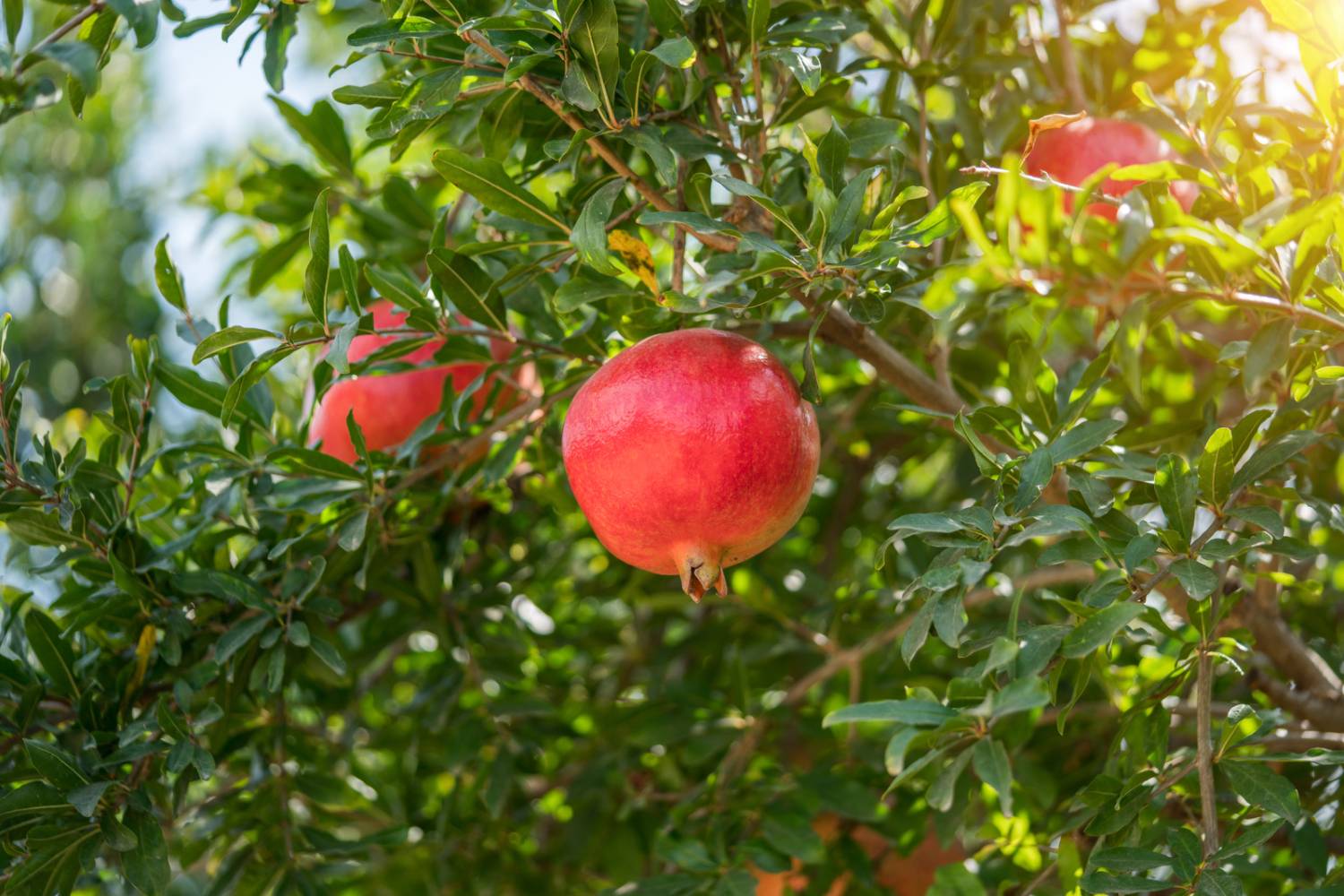
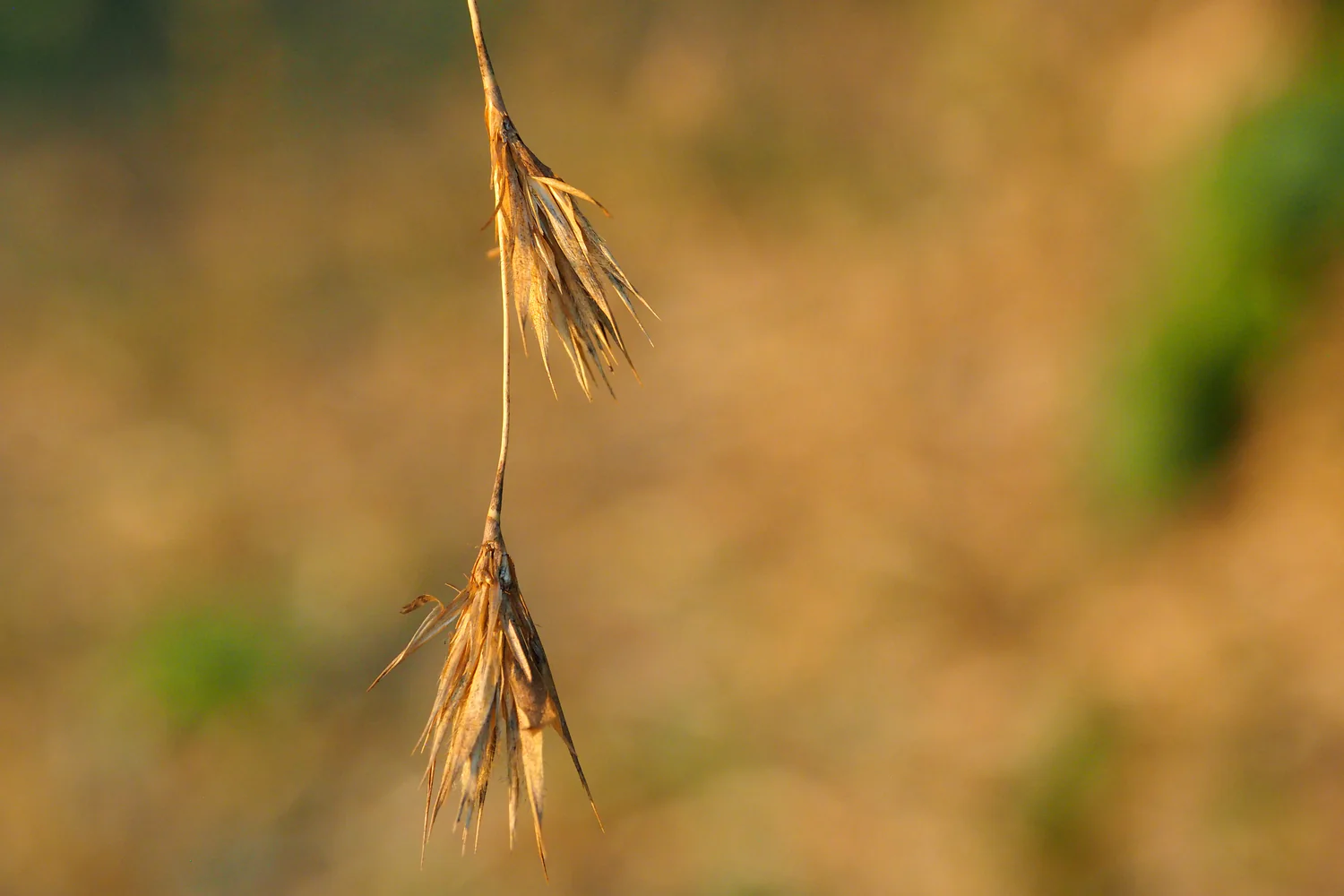
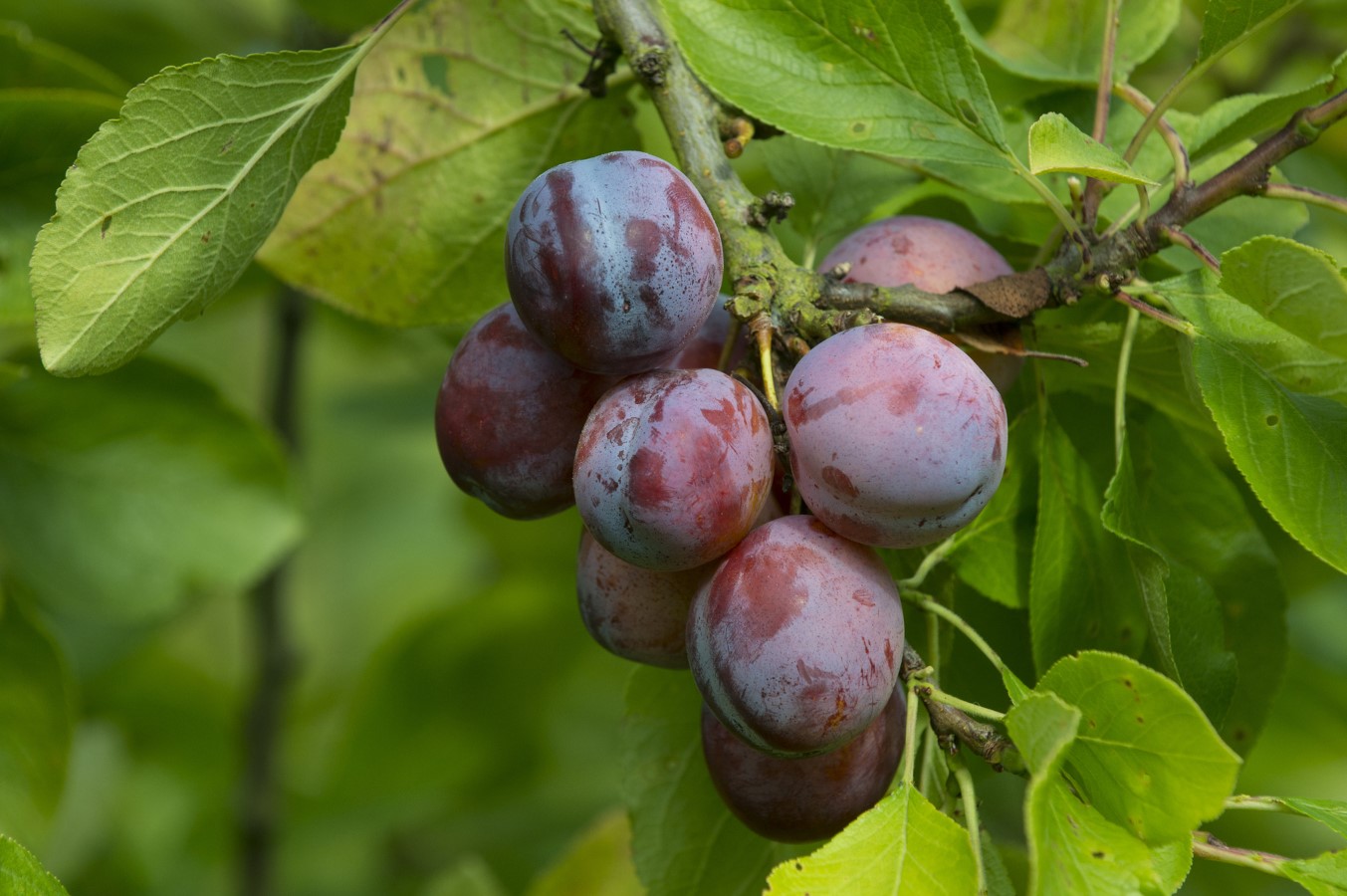
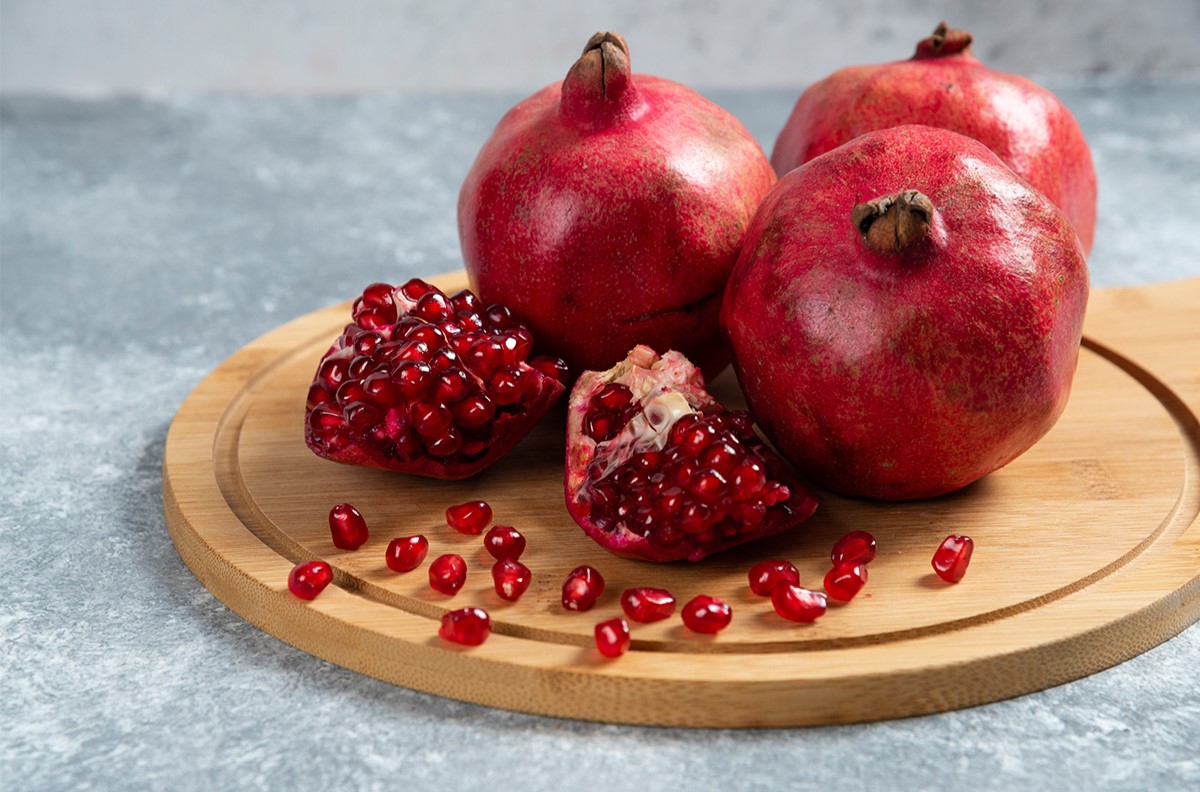
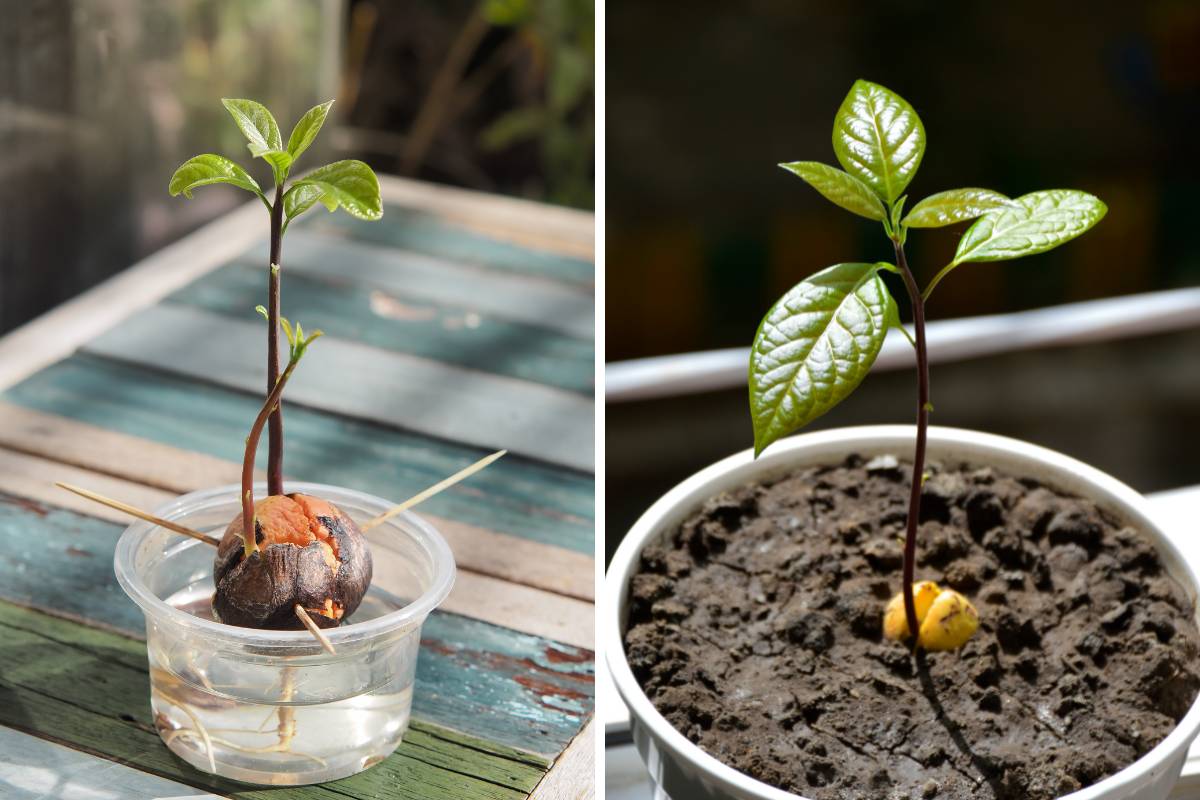
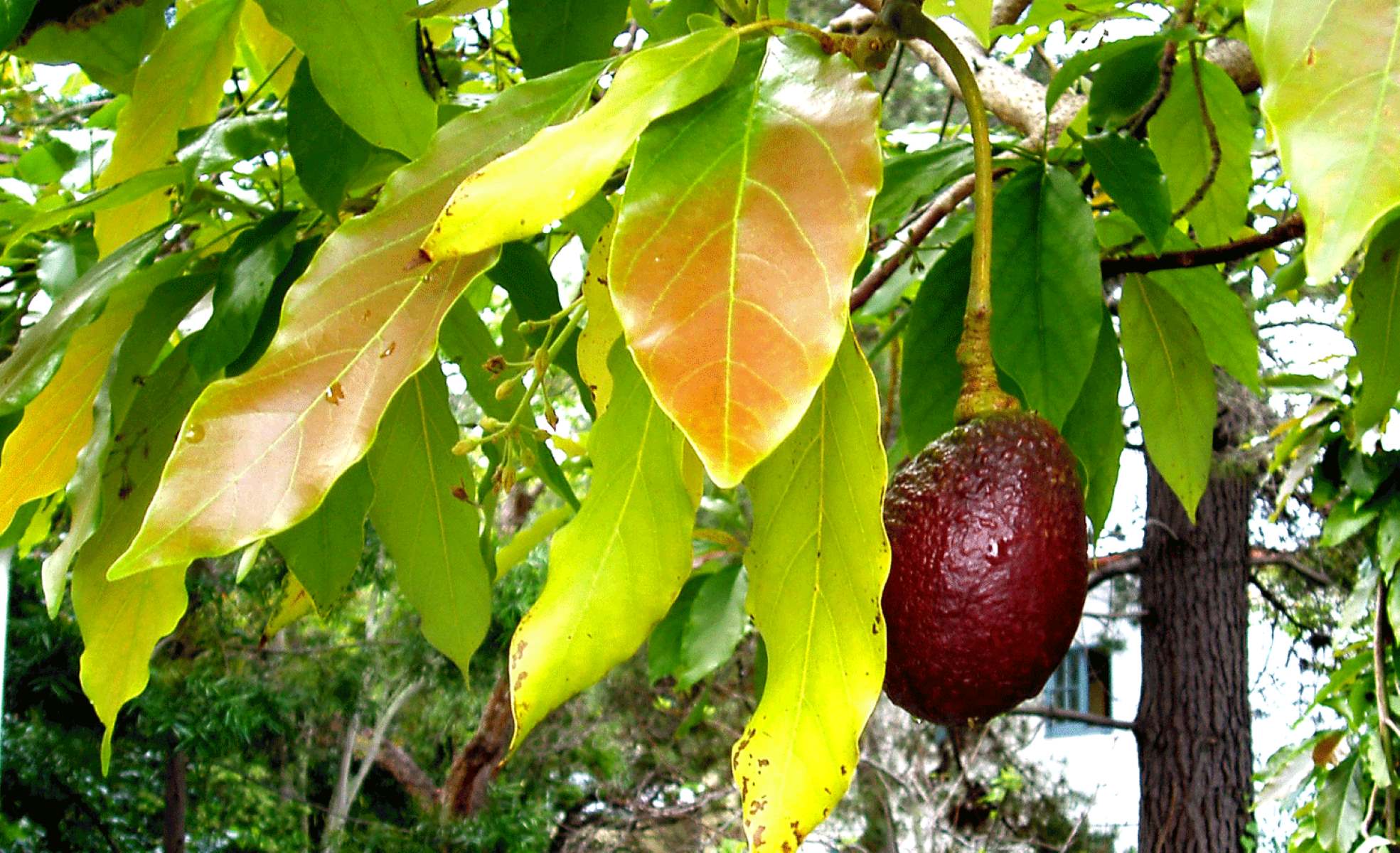
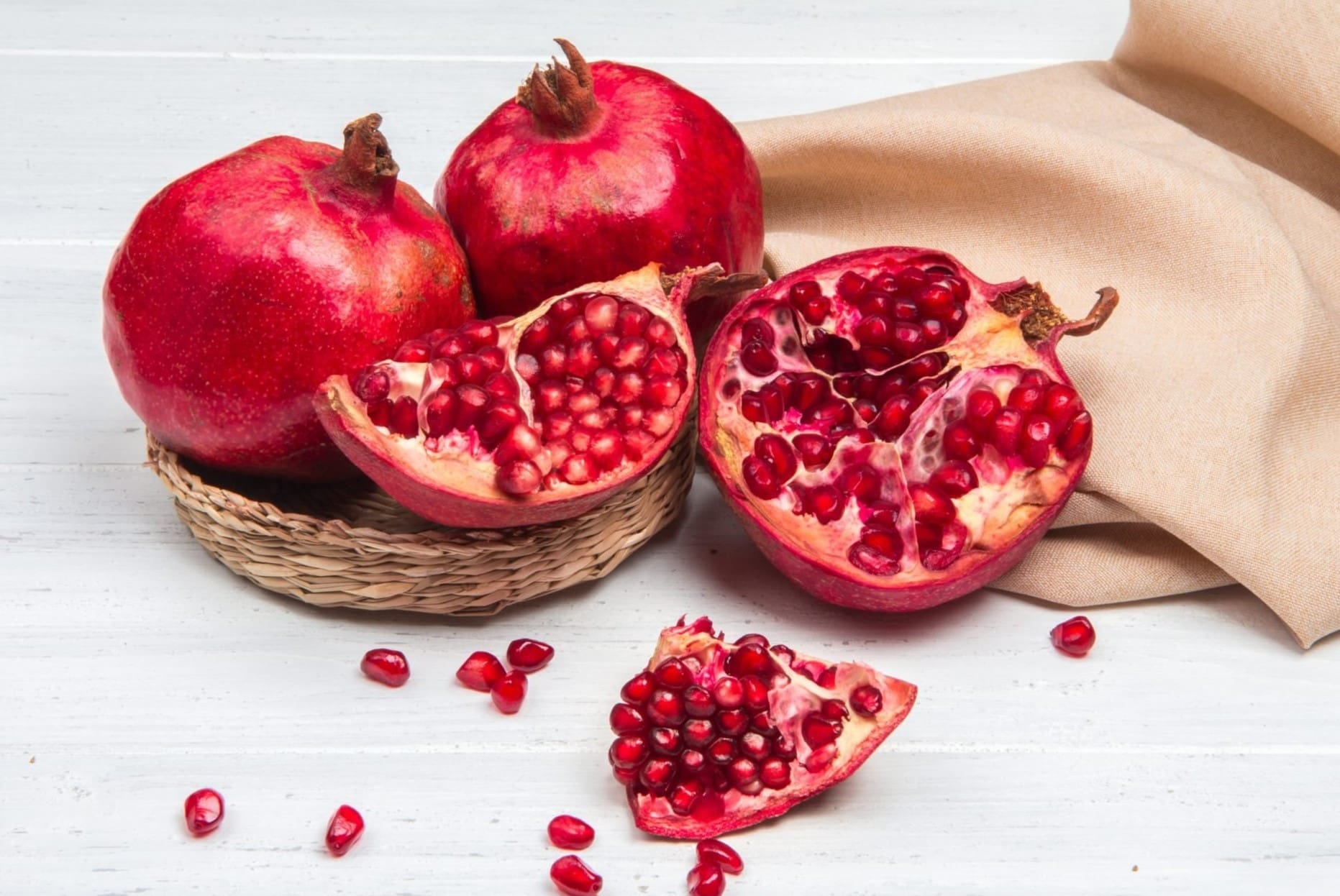
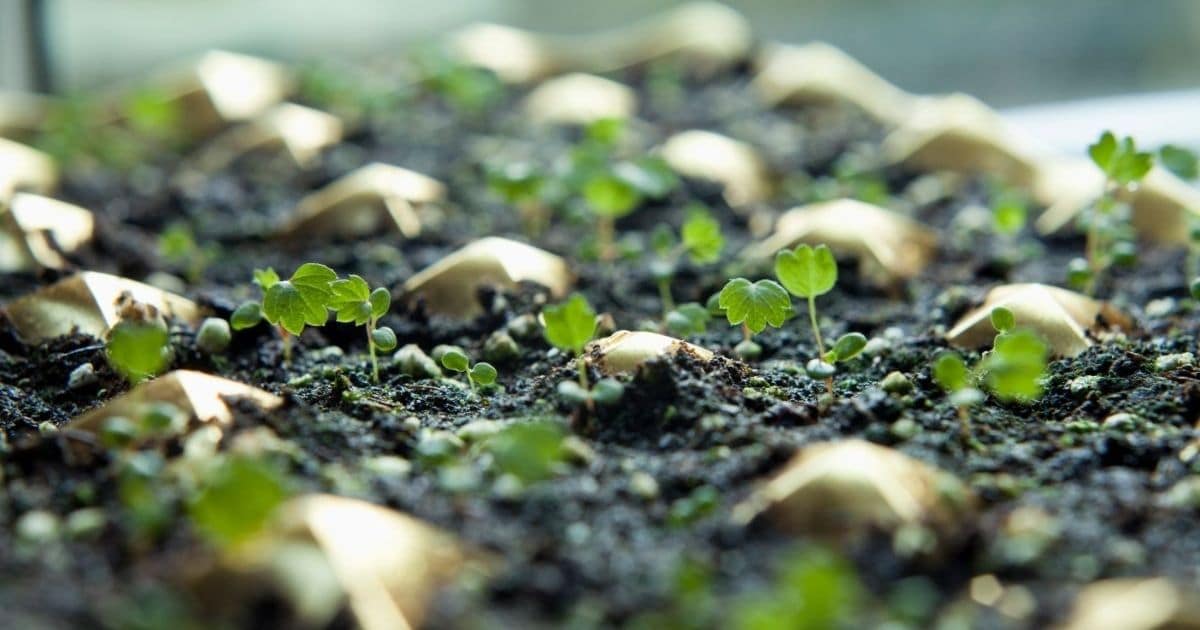
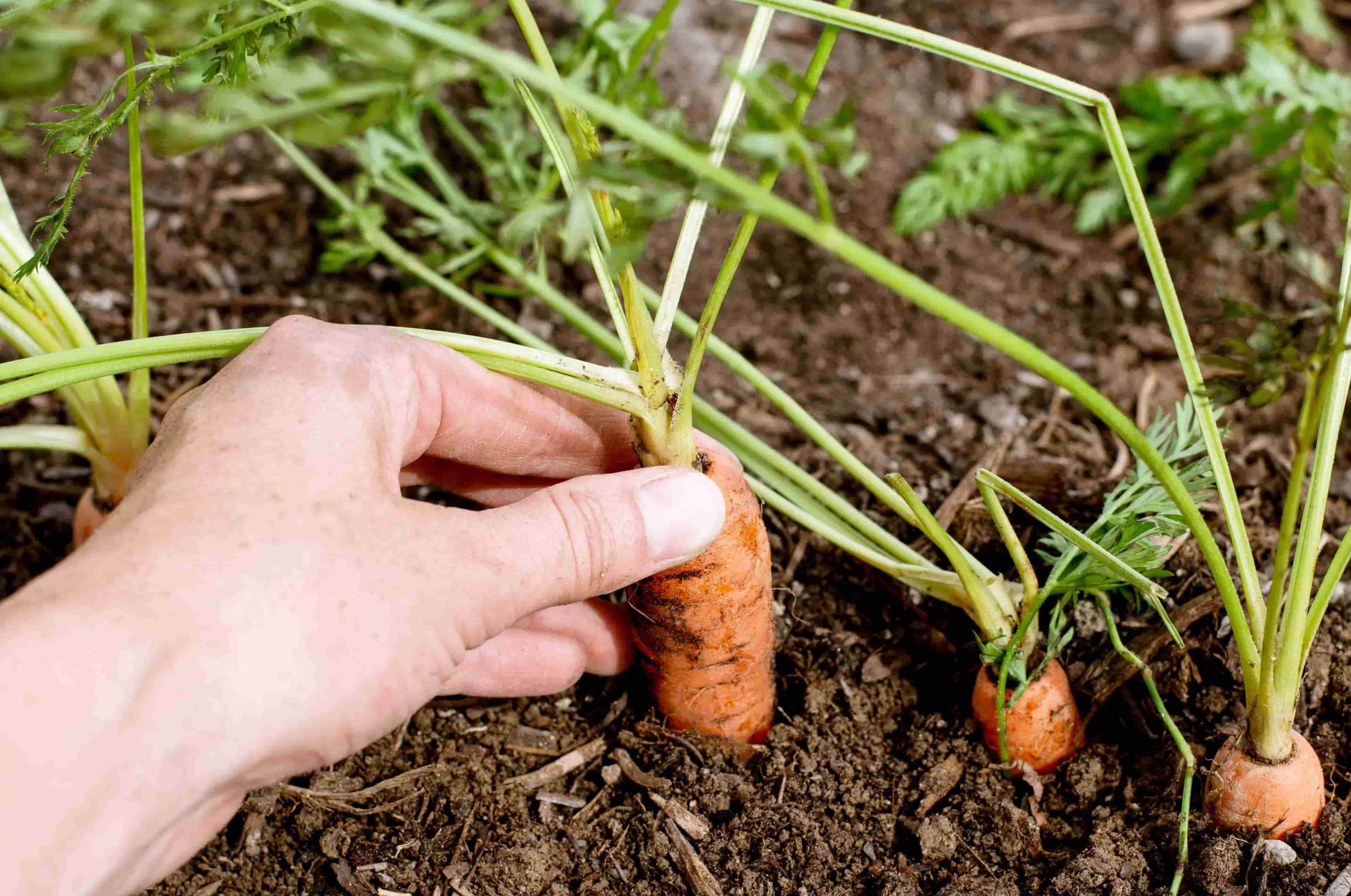

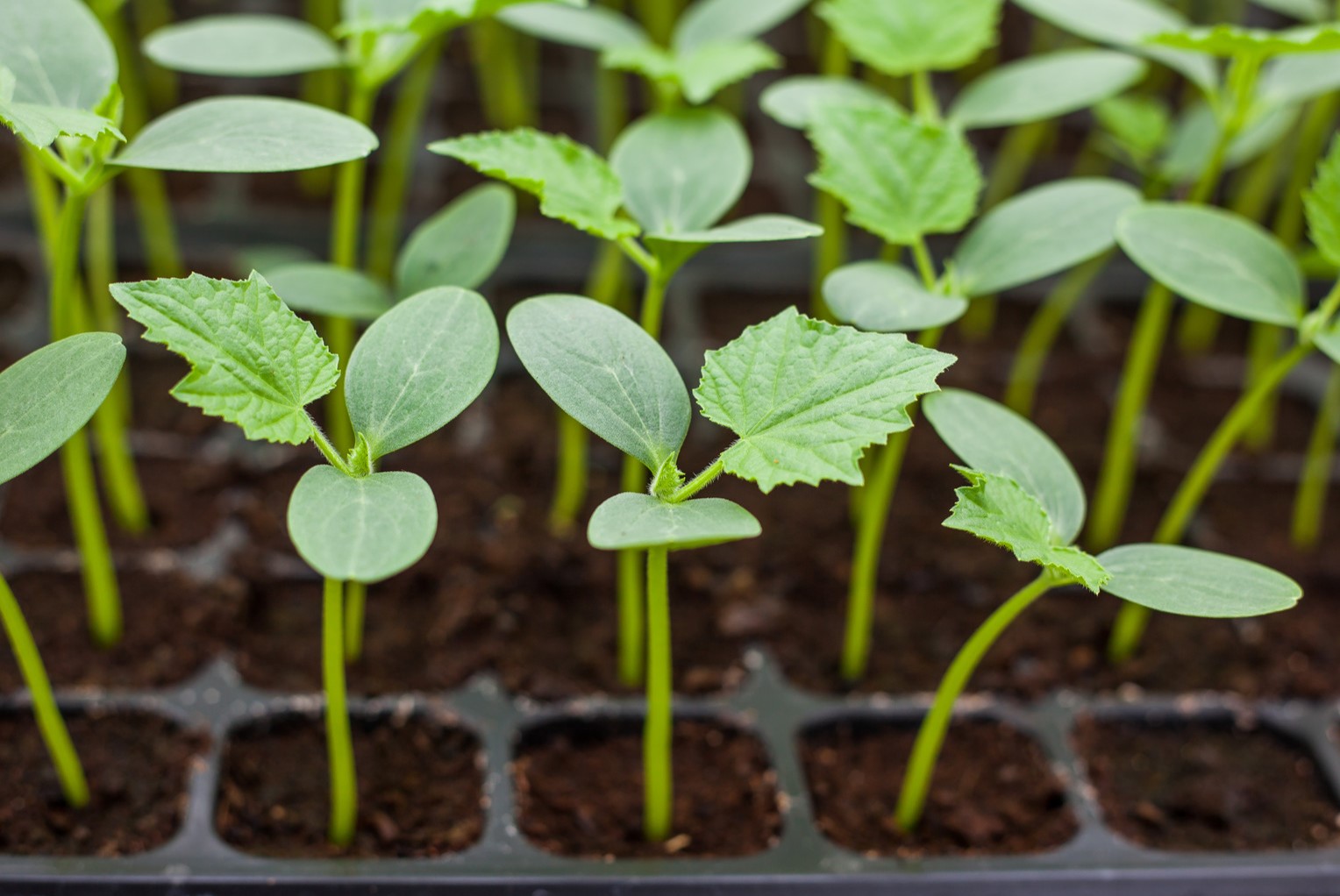
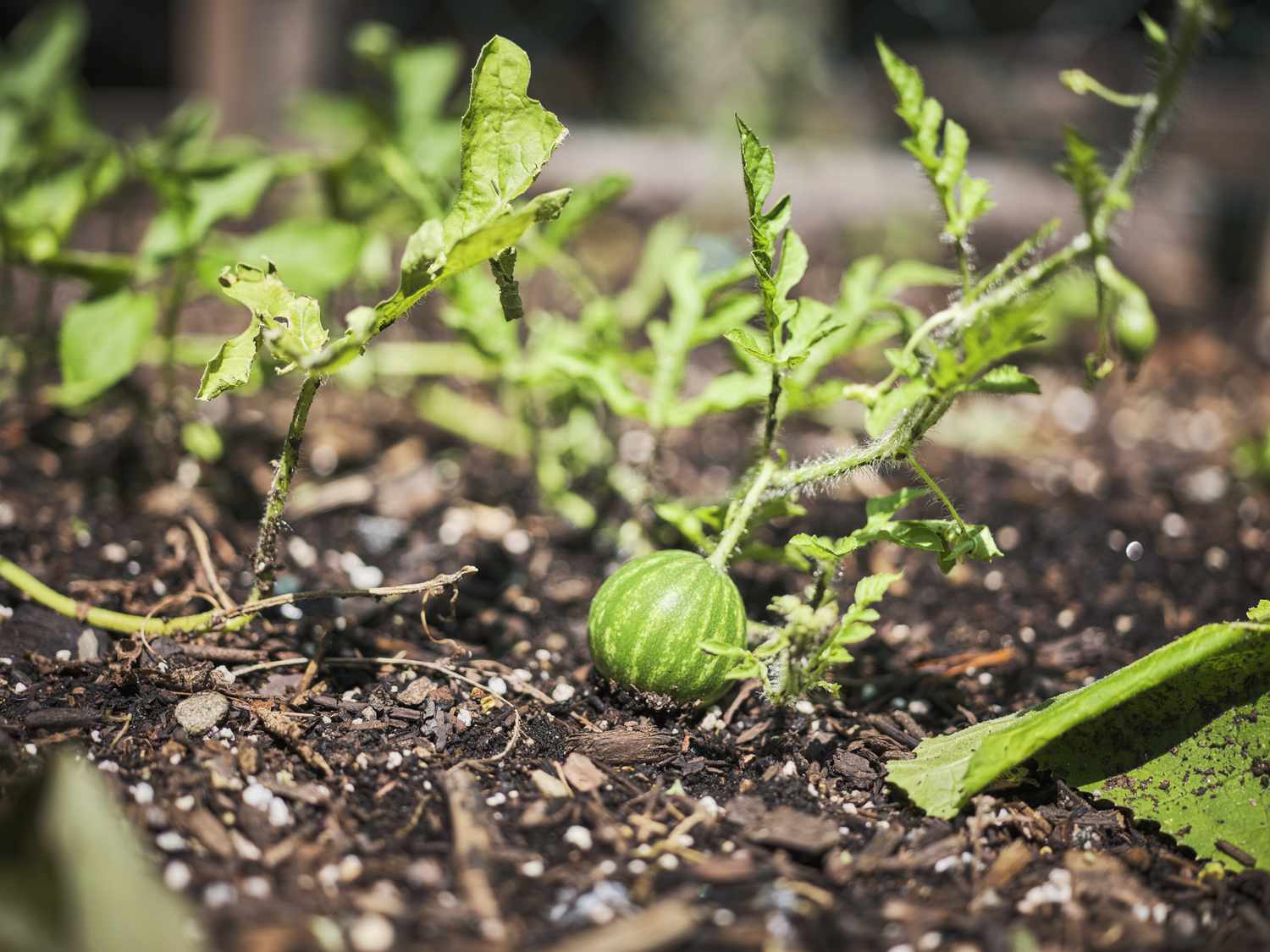
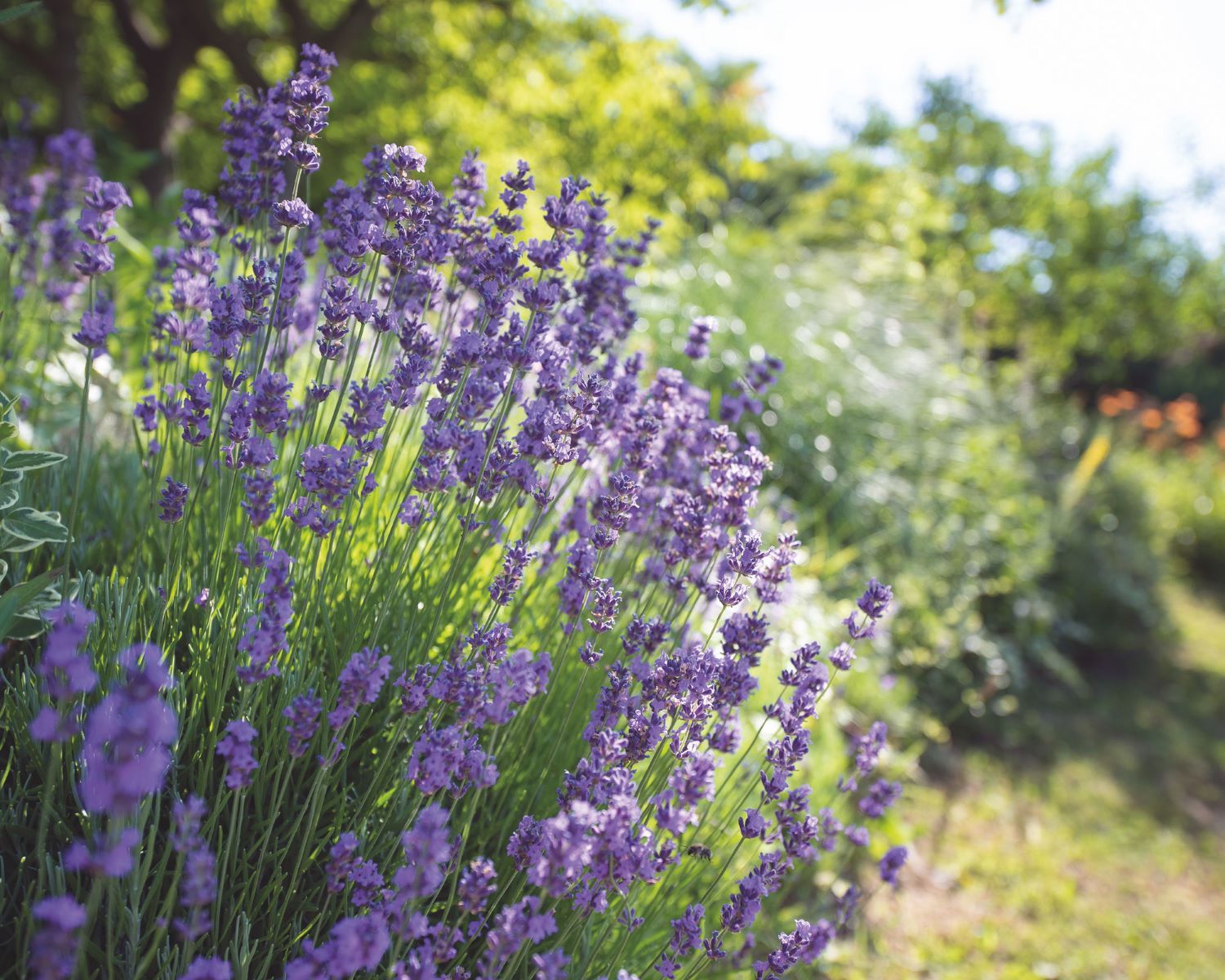

0 thoughts on “How Do You Plant Pomegranate Seeds”